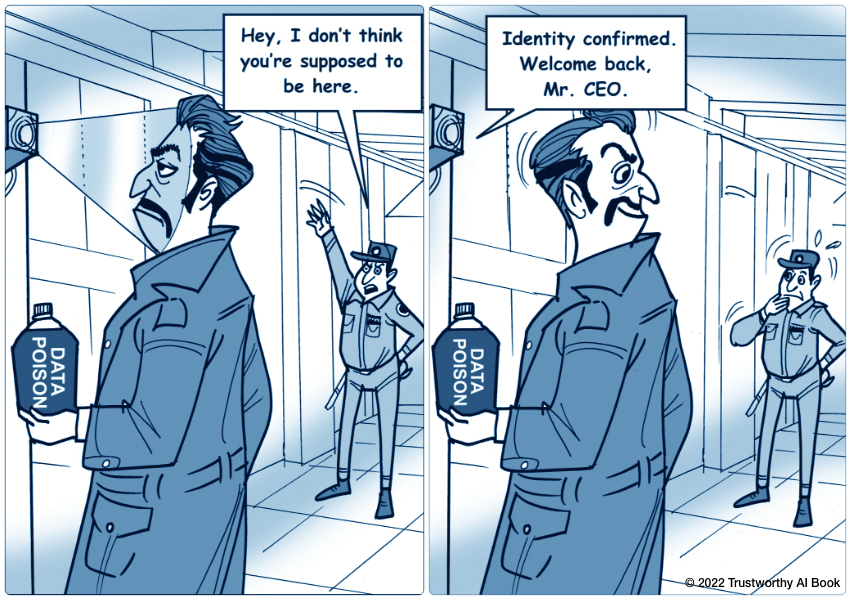
As we deploy machines that can perform analysis and even make decisions on our behalf, we require confidence that the machine intelligence is fair and impartial in its outputs. The challenge of course is that AI cannot “think” or “reason.” The onus falls on human stakeholders to probe how an AI functions relative to expectations for fairness and concerns over bias.
There are many scenarios in which an AI model could lead to unfair and biased outcomes. They might come in the form of automated decisions or they could influence human decision making in a way that treads across expected lines of impartiality. For AI to be trustworthy, every stakeholder, from the data scientist to the consumer, needs confidence that the model outputs are equitable.
The core issue is addressing bias. Bias can refer to the difference between the predicted and actual output values from the training data. It might also mean that the data reflects bias that is embedded in society. And it might result from datasets that are inaccurate reflections of the real world.
No matter the root, to address potential issues with bias, enterprises need to understand the components that contribute to unfair AI and how fairness is assessed and addressed such that they can mobilize key stakeholders and decision makers involved in driving AI toward fair application. Indeed, achieving fairness is a shared responsibility that spans the AI lifecycle.







